The Puff Adder (Bitis arietans) is a venomous snake that commands attention as one of Africa’s most dangerous reptiles. With its distinctive appearance, potent venom, and widespread distribution, the Puff Adder is a formidable predator and a significant presence in various habitats across the continent.
The Puff Adder is a dangerous snake that attacks without notice. Its name comes from the way it inflates and hisses when threatened. Consider a Puff Adder’s hissing sound to be a warning.
It detects the vibrations of footfall, but instead of fleeing, it employs its camouflage to remain concealed. If you startle a Puff Adder by stomping on it, the snake will feel compelled to protect itself, so tread carefully.
The Puff Adder possesses one of the quickest strikes of any snake and should be treated with caution by anyone who comes into touch with it. Always remember that snakes are more terrified of you, so be kind and respectful of their surroundings.
African Puff Adder: Species Profile
COMMON NAME: Puff Adder
SWAHILI NAME: Bafe
SCIENTIFIC NAME: Bitis arietans
TYPE: Snake
FOOD: The Puff Adder is an ambush predator with a diverse diet. It primarily feeds on small mammals such as rodents, as well as birds, amphibians, and reptiles. It is known to consume prey that is proportionate to its size.
HABITAT: Puff Adders are highly adaptable and can be found in a wide range of habitats, including grasslands, savannas, forests, and semi-desert areas. They are commonly encountered near water sources, such as streams and ponds.
SIZE: Puff Adders are considered medium-sized snakes. On average, they measure around 90-150 centimeters (35-59 inches) in length, although larger individuals reaching up to 180 centimeters (71 inches) have been recorded.
AVERAGE LIFE SPAN IN THE NATURAL HABITAT: In the wild, Puff Adders have an average life span of 10-15 years. However, with proper care and captivity, they can live significantly longer.
ACTIVE: Puff Adders are primarily nocturnal creatures, meaning they are most active during the night. They have excellent camouflage that allows them to blend seamlessly with their surroundings, making them highly effective ambush predators.
GESTATION PERIOD: The gestation period for Puff Adders is approximately 3-5 months. Females give birth to live young, and a litter can consist of 20-40 offspring.
WEIGHT: Puff Adders can vary in weight depending on their size and age. Adult individuals typically weigh between 1.5-4 kilograms (3.3-8.8 pounds).
SIZE COMPARISON TO A 6-FT MAN: In terms of size comparison, a Puff Adder is significantly smaller than a 6-ft man. With an average length of 90-150 centimeters (35-59 inches), it is less than half the height of an average human.
Physical Features and Adaptations:
The Puff Adder is a stout and robust snake, typically measuring around 3 to 4 feet (90 to 120 centimeters) in length, although larger individuals have been recorded. It has a broad, triangular-shaped head with distinctive dark brown or black markings and a stout body covered in rough scales. Its name derives from its defensive behavior of puffing up its body and hissing loudly when threatened, making it appear larger and more intimidating.
Habitat and Distribution:
Puff Adders are widely distributed throughout sub-Saharan Africa, thriving in a range of habitats, including grasslands, savannas, woodlands, and even rocky areas. They can be found in countries such as South Africa, Kenya, Tanzania, Nigeria, and many others. Their ability to adapt to various environments contributes to their wide distribution and abundance.
Behavior and Venomous Bite:
Ambush Predators:
Puff Adders are primarily ambush predators, relying on their camouflage and patient hunting tactics. They often lie concealed in vegetation, partially buried in sand or leaf litter, waiting for unsuspecting prey to pass by. When an opportunity arises, they strike swiftly, injecting their potent venom into the prey with their large, hinged fangs.
Venom and Defense:
The Puff Adder possesses highly toxic venom, which it delivers through its venomous bite. Its venom is primarily hemotoxic, causing severe tissue damage, disruption of blood clotting, and organ failure. Puff Adders are responsible for a significant number of snakebite incidents in Africa, and their venom can be lethal if left untreated. Due to their widespread distribution and tendency to inhabit human-populated areas, they pose a significant risk to humans.
Ecological Significance and Conservation:
Puff Adders play a vital role in ecosystems as both predators and prey. They help control rodent populations, thus influencing the balance of local prey species. While they are not currently considered threatened or endangered, habitat destruction, road mortality, and persecution due to fear and misunderstanding pose risks to their populations. Promoting awareness, responsible land management, and snakebite education are crucial for fostering coexistence and ensuring their conservation.
Bitis arietans
The Bitis arietans (Puff Adder) stands as a powerful symbol of Africa’s wildlife, showcasing both its beauty and potential danger. With its potent venom and stealthy hunting strategies, this snake commands respect and caution. Understanding the Puff Adder’s behavior, respecting its habitats, and implementing appropriate safety measures are essential for both human safety and the conservation of this enigmatic species. By fostering awareness and promoting responsible coexistence, we can appreciate the important role the Puff Adder plays in the intricate web of Africa’s ecosystems.
Puff Adder Adaptations:
The puff adder (Bitis arietans) is a venomous snake found throughout various regions of Africa. With its distinct appearance and potent venom, this snake has evolved several adaptations that enable it to thrive in its natural habitat. Let’s explore some of the key adaptations of the puff adder:
1. Camouflage:
One of the most notable adaptations of the puff adder is its remarkable camouflage. Its skin coloration and pattern closely resemble the surrounding environment, such as dry grass or leaf litter. This allows the puff adder to blend in seamlessly with its surroundings, making it difficult for potential predators or prey to spot them.
2. Venomous Bite:
Puff adders possess highly potent venom, which is their primary defense and hunting tool. They have long, hollow fangs located at the front of their mouth that fold back when not in use. When the puff adder strikes its prey or defends itself, these fangs extend forward, injecting venom into the target. The venom quickly immobilizes or kills the prey, making it easier for the snake to consume.
3. Ambush Predation:
Puff adders are ambush predators, meaning they rely on their camouflage and patience to catch their prey. They often lie in wait, partially buried in the ground or concealed within vegetation, and strike with lightning speed when an unsuspecting prey item comes within range. Their excellent camouflage, coupled with their ability to strike with precision, ensures a successful hunt.
4. Heat Sensing Pits:
Puff adders possess a unique sensory adaptation called heat sensing pits. Located between their nostrils and eyes, these pits allow them to detect infrared radiation emitted by warm-blooded animals. This enables the puff adder to locate potential prey, even in complete darkness or dense vegetation, by sensing the heat signatures of their targets.
5. Sit-and-Wait Behavior:
To conserve energy and maximize their chances of successful hunting, puff adders exhibit a sit-and-wait behavior. They remain motionless for extended periods, relying on their camouflage to remain undetected. This adaptation allows them to conserve energy and strike only when a suitable opportunity presents itself.
6. Thermoregulation:
Puff adders are ectothermic, meaning they rely on external sources of heat to regulate their body temperature. They bask in the sun during the cooler periods of the day to raise their body temperature, and retreat to shaded areas or burrows to cool down when necessary. This thermoregulation behavior helps them maintain their metabolic functions and overall activity levels.
The puff adder’s adaptations have made it a highly successful and formidable predator in its African habitat. Its camouflage, venomous bite, ambush hunting strategy, heat sensing pits, sit-and-wait behavior, and thermoregulation capabilities all contribute to its survival and efficient hunting.
It’s important to remember that while puff adders play a crucial role in the ecosystem, they should be respected and admired from a safe distance. Encountering a puff adder in the wild should be avoided, and if encountered, it’s best to give them a wide berth and allow them to continue their natural behaviors undisturbed.
Where to See Puff Adders in Tanzania:
Tanzania is home to a diverse array of wildlife, including the venomous puff adder (Bitis arietans). If you’re an enthusiast of reptiles and wish to catch a glimpse of this fascinating snake, here are some key locations where you might have the opportunity to see puff adders in Tanzania:
1. Serengeti National Park:
As one of Tanzania’s most renowned national parks, the Serengeti offers vast savannahs and a rich ecosystem. Puff adders can be found throughout the park, especially in areas with rocky outcrops and dense vegetation. Keep a keen eye during your game drives or guided walks, and you might spot these elusive snakes.
2. Ngorongoro Crater:
The Ngorongoro Crater is a unique natural wonder and a UNESCO World Heritage Site. It provides a diverse habitat for various wildlife species, including the puff adder. Explore the crater’s grasslands and bushy areas, and you might have the chance to observe these venomous snakes in their natural environment.
3. Ruaha National Park:
Ruaha National Park is the largest national park in Tanzania and is known for its wilderness and abundant wildlife. Puff adders inhabit the park’s diverse habitats, which range from savannahs to riverine forests. Embark on a safari in Ruaha and keep your eyes peeled for these well-camouflaged snakes.
4. Selous Game Reserve:
The Selous Game Reserve is a vast and remote wilderness area that offers excellent opportunities for wildlife enthusiasts. Puff adders can be found here, particularly near water sources and areas with dense vegetation. Take a boat safari along the Rufiji River or embark on a walking safari with an experienced guide to increase your chances of spotting these reptiles.
5. Tarangire National Park:
Tarangire National Park is renowned for its large elephant herds and baobab trees. While exploring the park’s diverse habitats, such as grasslands and acacia woodlands, keep an eye out for puff adders. They can often be found in the vicinity of rocky areas or under fallen logs, utilizing the cover for camouflage.
It’s important to remember that puff adders are venomous snakes and should be observed from a safe distance. Always respect their space and refrain from disturbing or provoking them. It is highly recommended to explore these areas with the assistance of experienced guides who can provide valuable insights and ensure your safety.
When venturing into the wilderness to see puff adders or any other wildlife in Tanzania, remember to adhere to ethical wildlife-watching practices. Observe from a distance, maintain a respectful attitude towards the environment, and follow the guidance of your guides to ensure a memorable and responsible wildlife experience.
Puff Adder Safari Tips:
If you’re planning a safari in Tanzania and have a keen interest in reptiles, encountering a puff adder (Bitis arietans) can be an exciting and memorable experience. However, it’s essential to prioritize your safety and the well-being of these venomous snakes. Here are some safari tips to help you safely observe puff adders in Tanzania:
1. Engage the services of a knowledgeable guide: When venturing into areas known to have puff adders, it’s crucial to have an experienced guide accompanying you. A knowledgeable guide can provide valuable insights about puff adders, their behavior, and the best practices for observing them safely. They can also help you identify the snake from a safe distance.
2. Maintain a safe distance: Puff adders are venomous snakes and should be observed from a safe distance. Keep a minimum distance of at least several meters away from the snake to ensure your safety. Using binoculars or a camera with a telephoto lens can help you observe the snake in detail without getting too close.
3. Respect their space: Puff adders are naturally wary creatures and may perceive any intrusion as a threat. It’s essential to respect their space and avoid any behavior that might provoke or startle them. Never attempt to touch or handle a puff adder, as this can be extremely dangerous. Remember, observation should always be done from a distance.
4. Observe quietly and patiently: Puff adders are generally docile snakes unless they feel threatened. To observe their natural behaviors, maintain a quiet and calm demeanor. Loud noises and sudden movements can disturb them, causing them to retreat or become defensive. Patience is key when observing these elusive creatures as they may remain motionless for extended periods.
5. Learn about their habitat and behavior: Understanding the habitat preferences and behaviors of puff adders can greatly enhance your chances of spotting them. Puff adders are often found in areas with dense vegetation, such as grasslands, savannahs, and bushy areas. They may seek shelter under rocks, fallen logs, or in burrows during the heat of the day. Learning about their preferred habitats can help you narrow down potential sighting locations.
6. Time your sightings wisely: Puff adders are primarily nocturnal, meaning they are more active during the night. However, they can also be spotted during the early morning or late afternoon when temperatures are relatively cooler. Consider planning your safari activities during these times to increase your chances of encountering puff adders.
7. Follow ethical wildlife-watching practices: When observing puff adders or any other wildlife, it’s important to follow ethical wildlife-watching practices. Stay on designated paths or roads, avoid littering, and refrain from disturbing the natural environment. By practicing responsible tourism, you contribute to the conservation of these incredible creatures and their habitats.
How to Safely Encounter and Observe Puff Adders in Tanzania
Remember, observing puff adders in the wild is a privilege and should be done with the utmost respect for their space and safety. Your safety and the well-being of the snakes should always take precedence. By following these safari tips and seeking guidance from knowledgeable professionals, you can have a safe and enriching experience observing puff adders in Tanzania.
Frequently Asked Questions about Puff Adders
Q: Are puff adders venomous?
A: Yes, puff adders are venomous snakes. They possess a potent venom that they use for hunting and self-defense.
Q: How dangerous are puff adders?
A: Puff adders are responsible for a significant number of snakebite incidents in Africa. Their venom can cause severe symptoms, and untreated bites can be life-threatening. It’s important to exercise caution and maintain a safe distance when encountering puff adders.
Q: What do puff adders eat?
A: Puff adders are ambush predators and primarily feed on small mammals, such as rodents, as well as birds, lizards, and other snakes. They possess a unique adaptation where their venomous fangs can rotate and extend when striking prey.
Q: How long do puff adders live?
A: Puff adders have an average lifespan of around 15 to 25 years in the wild, although some individuals have been known to live longer.
Q: Where can puff adders be found?
A: Puff adders are widely distributed throughout sub-Saharan Africa, including Tanzania. They inhabit a variety of habitats, from savannahs and grasslands to woodlands and rocky areas.
Q: How can I identify a puff adder?
A: Puff adders have distinctive features that help with identification. They have a robust body with a broad, triangular-shaped head. Their coloration varies but often includes a pattern of dark brown or black chevron-like markings on a lighter background. Puff adders can also puff up their bodies and hiss when threatened, giving rise to their name.
Q: Can puff adders be aggressive?
A: Puff adders are generally not aggressive snakes and prefer to rely on their camouflage for protection. However, when threatened or cornered, they can become defensive and may strike if they feel their safety is compromised. It’s best to give them a wide berth and observe them from a safe distance.
Q: What should I do if I encounter a puff adder?
A: If you come across a puff adder in the wild, it’s important to remain calm and back away slowly without making sudden movements. Do not attempt to handle or provoke the snake. If you are bitten by a puff adder, seek immediate medical attention.
Q: Are puff adders important for the ecosystem?
A: Yes, puff adders play an important role in the ecosystem as predators, helping to control populations of small mammals and other prey species. They are also preyed upon by larger predators, contributing to the balance of the food chain.
Q: Are puff adders protected?
A: Puff adders are not listed as a protected species under international conservation agreements. However, their conservation status varies in different countries, and local regulations may apply. It’s essential to respect wildlife and adhere to the laws and regulations of the region where you encounter them.

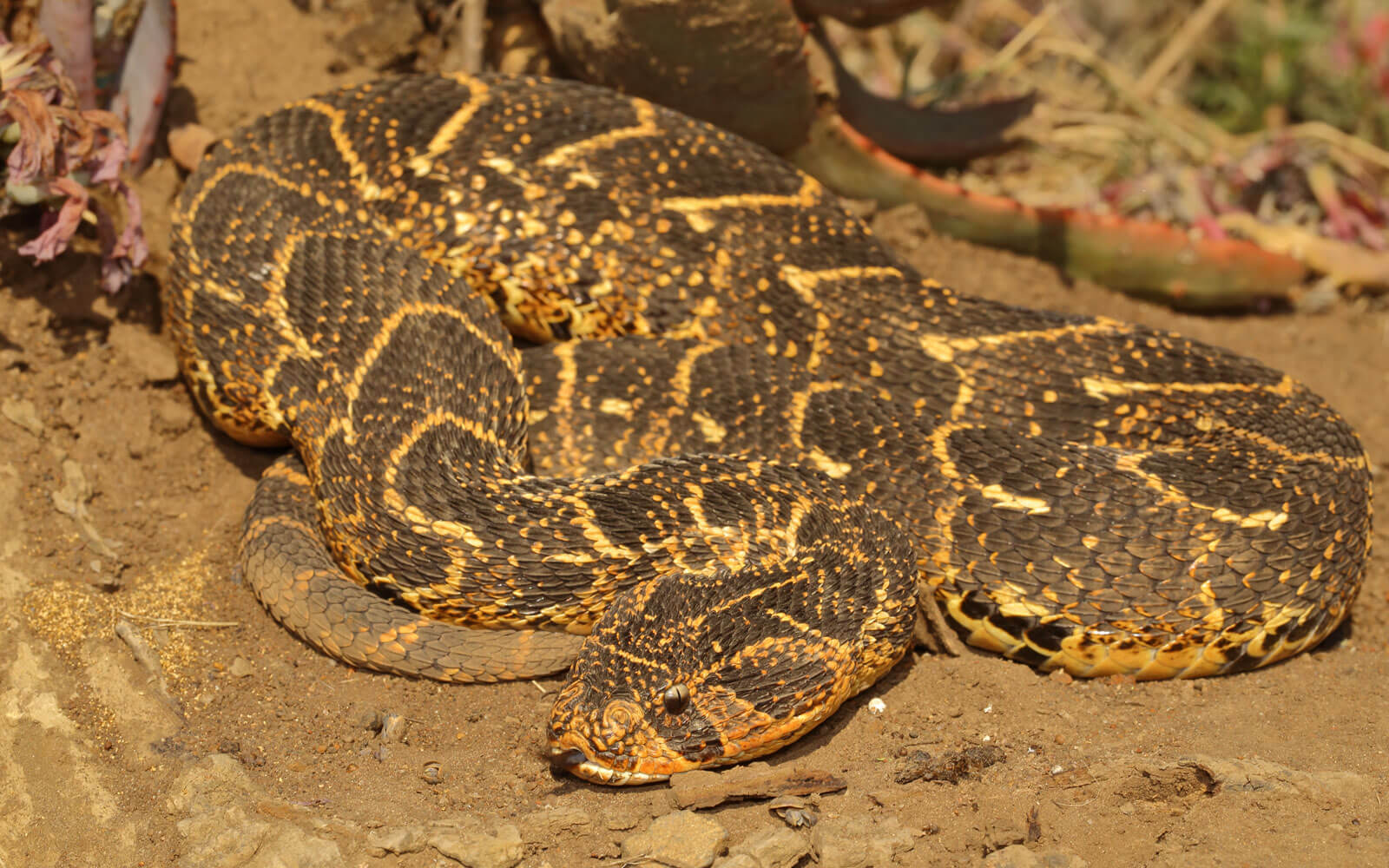
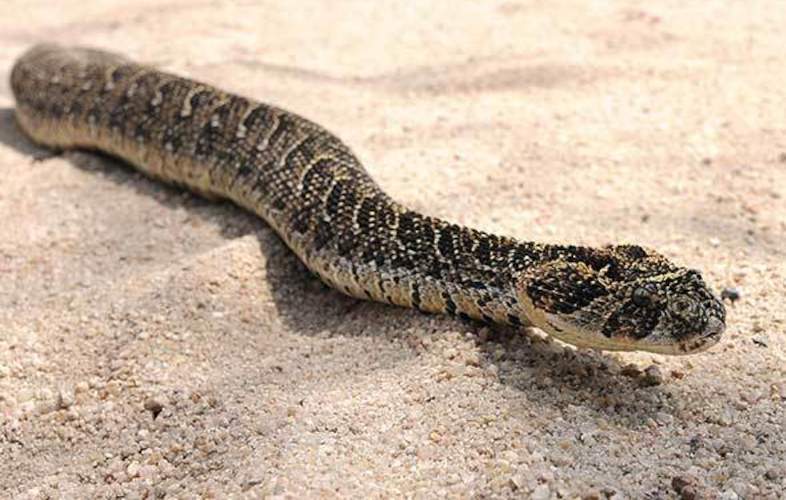
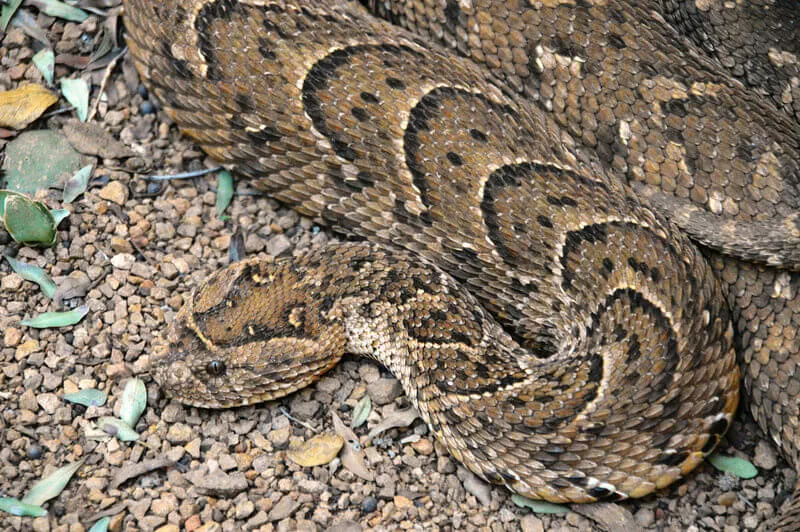
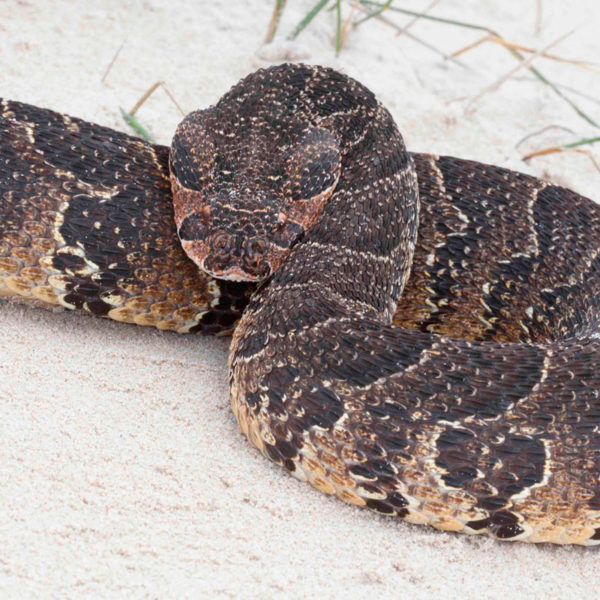
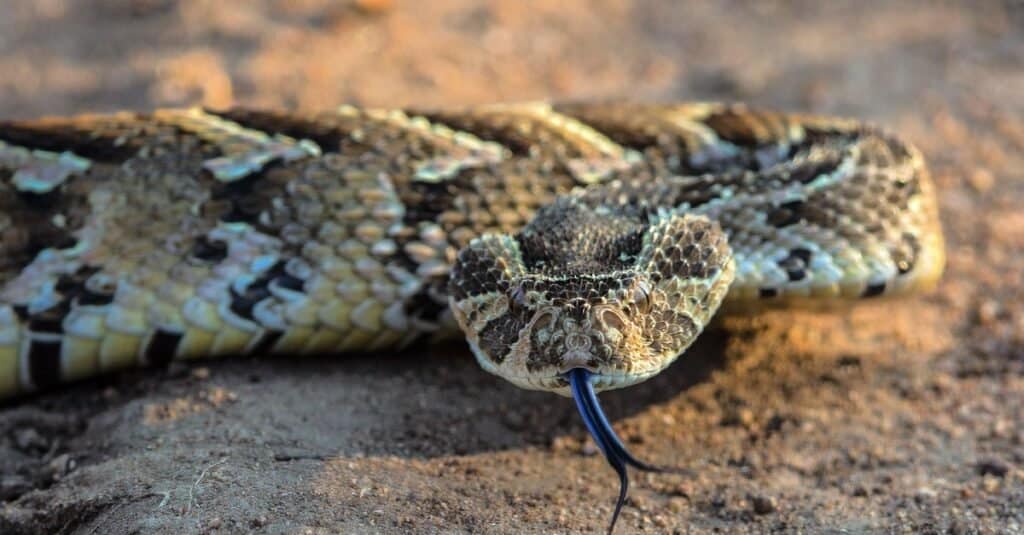
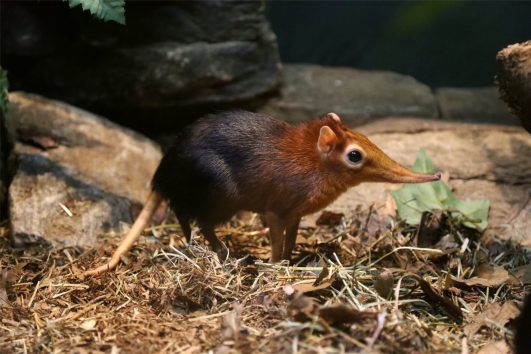

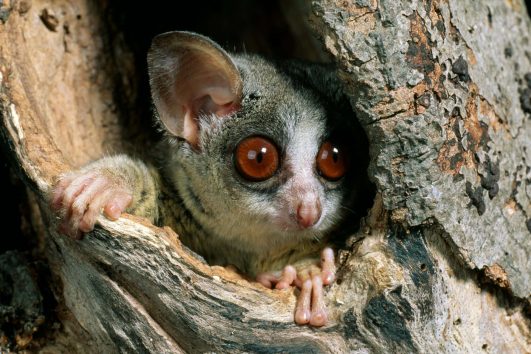
Tour Reviews
There are no reviews yet.
Leave a Review